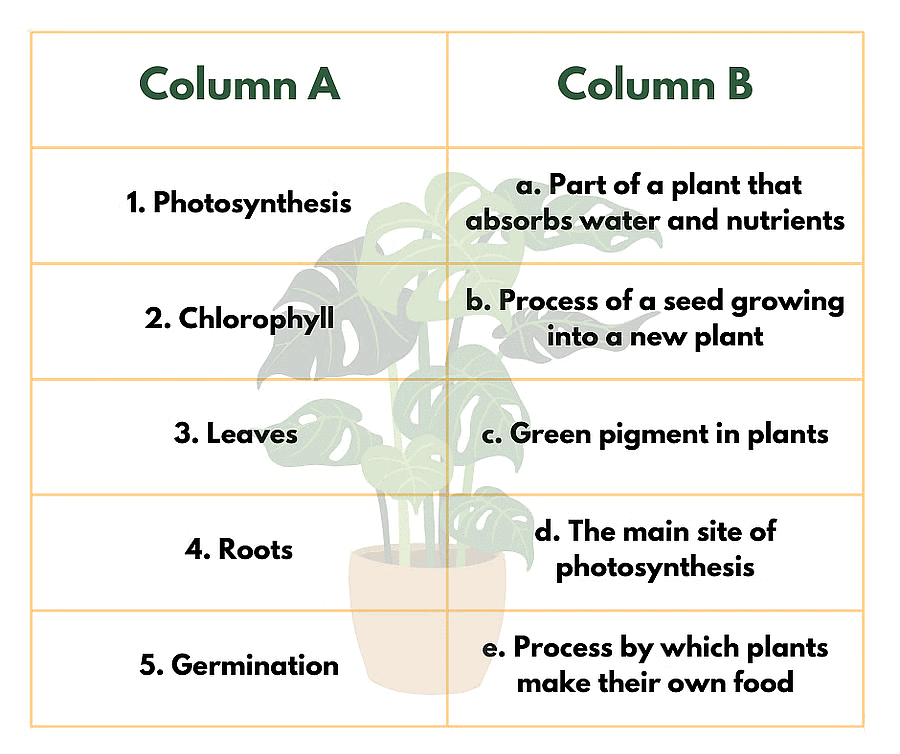Plant Life - 1 Class 5 Worksheet Science
Q1: Match the following
Ans:
1. Photosynthesis → e. Process by which plants make their own food
2. Chlorophyll → c. Green pigment in plants
3. Leaves → d. The main site of photosynthesis
4. Roots → a. Part of a plant that absorbs water and nutrients
5. Germination → b. Process of a seed growing into a new plant
Q2: Which process is being shown in the picture?
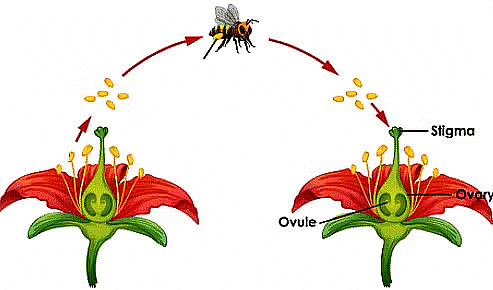
Ans: Pollination
Pollination is a method where pollen grains are picked from an anther, which is the male part of a flower and transferred to the flower's female part called the stigma. To make the pollination work successfully, the pollen grains must be transferred from the same species of flower.
Q3: Multiple Choice Questions (MCQs).
(i) What is the process by which plants make their own food?
(a) Respiration
(b) Digestion
(c) Photosynthesis
(d) Transpiration
Ans: (c)
Photosynthesis is the process by which plants make their own food. They use sunlight, carbon dioxide, and water to produce glucose and oxygen.
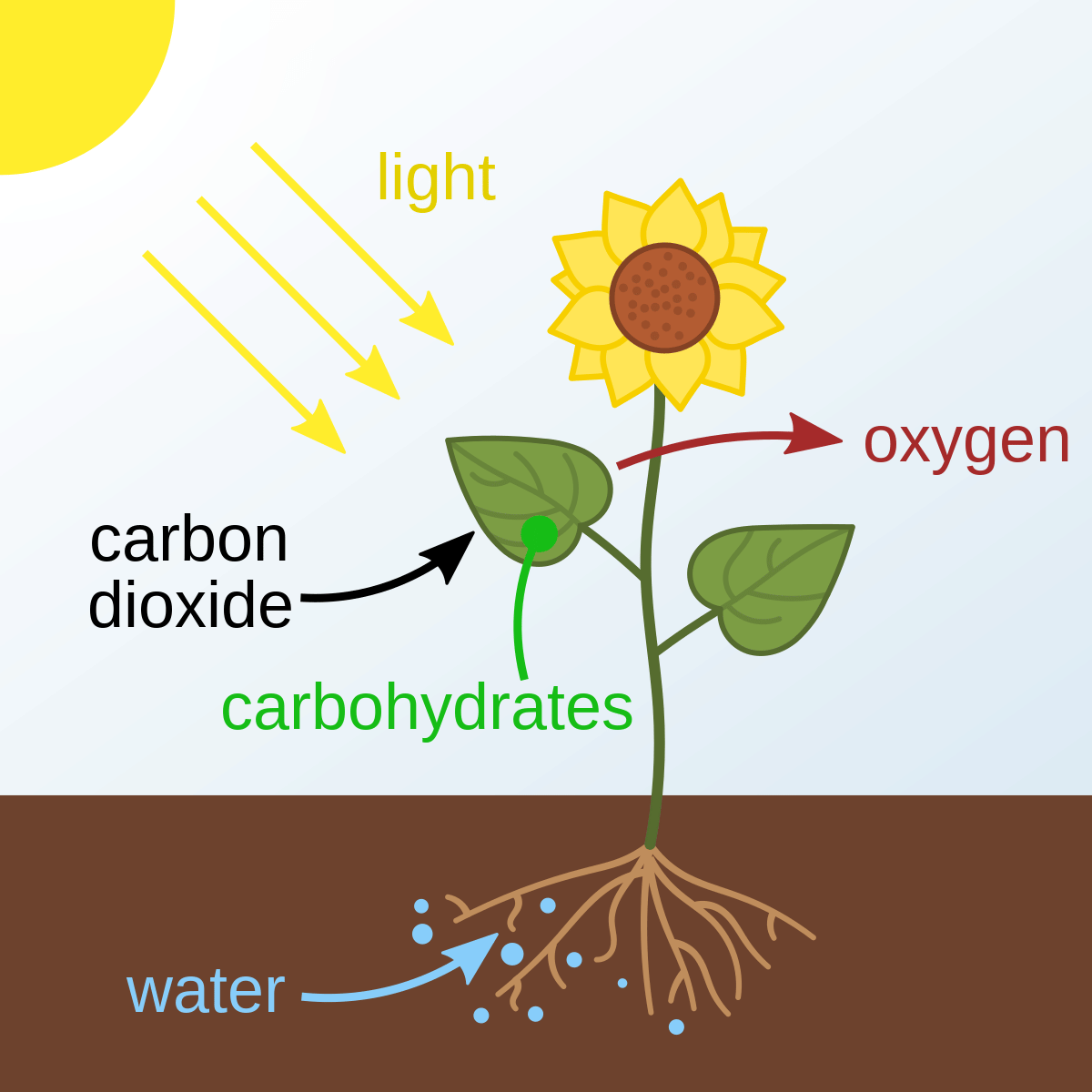 Photosynthesis
Photosynthesis
(ii) What are the tiny openings on the surface of leaves called?
(a) Stomata
(b) Chlorophyll
(c) Veins
(d) Roots
Ans: (a)
Stomata are tiny openings on the surface of leaves. They help in the exchange of gases during photosynthesis and respiration.
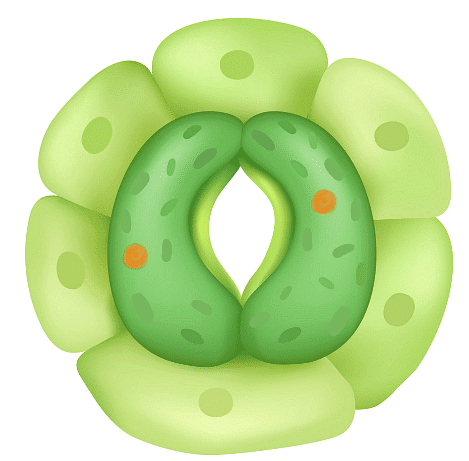 Stomata
Stomata
(iii) Which part of the plant absorbs water and nutrients from the soil?
(a) Leaves
(b) Stems
(c) Roots
(d) Flowers
Ans: (c)
Roots are part of the plant that absorbs water and nutrients from the soil. They also anchor the plant to the ground.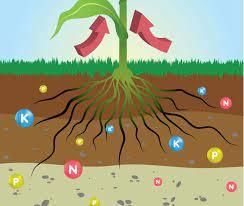
(iv) Which part of the plant is responsible for reproduction?
(a) Leaves
(b) Stems
(c) Roots
(d) Flowers
Ans: (d)
Flowers are the reproductive organs of a plant. They produce seeds that help in the reproduction of the plant.
(v) What is the main function of the stem in a plant?
(a) Absorb water and nutrients
(b) Support the plant and transport water and nutrients
(c) Reproduction
(d) Photosynthesis
Ans: (b)
The stem's main function is to support the plant and transport water and nutrients from the roots to the leaves and other parts of the plant.
Q4: Name the parts of the flower marked.
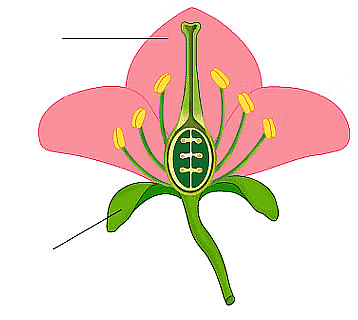
Ans:

Q5: Fill in the blanks
(i) Plants make their own food through a process called ___________.
Ans: Plants make their own food through a process called photosynthesis.
(ii) The green pigment in plants that helps them make food is called ___________.
Ans: The green pigment in plants that helps them make food is called chlorophyll.
(iii) The main parts of a plant are roots, stem, ___________, and flowers.
Ans: The main parts of a plant are roots, stem, leaves, and flowers.
(iv) The process of a seed growing into a new plant is called ___________.
Ans: The process of a seed growing into a new plant is called germination.
(v) ___ helps a plant to reproduce.
Ans: Seed / Seeds helps a plant to reproduce.
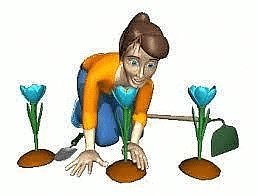
Q6: True or False.
(i) All plants have flowers.
Ans: False
Not all plants have flowers. Some plants reproduce through other means, such as spores or vegetative reproduction.
(ii) Plants take in carbon dioxide and release oxygen during photosynthesis.
Ans: True
Plants take in carbon dioxide and release oxygen during photosynthesis. This process helps maintain the balance of oxygen and carbon dioxide in the atmosphere.
(iii) The stem is the part of the plant that transports water and nutrients.
Ans: True
The stem is the part of the plant that transports water and nutrients absorbed by the roots to the rest of the plant.
(iv) Germination occurs only in the presence of sunlight.
Ans: False
Germination can occur in the presence or absence of sunlight, as long as the seed has access to water and the right temperature conditions. However, once the seedling emerges, it will require sunlight for photosynthesis.
(v) Leaves are not necessary for photosynthesis.
Ans: False
Leaves are the main site of photosynthesis in most plants. They contain chlorophyll and other necessary components to capture sunlight and convert it into energy for the plant. Without leaves, a plant would struggle to carry out photosynthesis and produce food.
(vi) Seeds which are very light with hair or wings on them are easily dispersed by explosion.
Ans: False
Seeds with structures like wings or hairs are typically dispersed by the wind, not by explosion. Explosive seed dispersal typically involves seeds that burst open forcefully to scatter their seeds.
(vii) Nature has its own way of dispersal of seeds.
Ans: True
Nature has various ways of dispersing seeds. Some seeds are carried by the wind, some are dispersed by animals, and others use mechanisms like explosive seed pods or water transport.
(viii) Soil plays an important role in the plant growth.
Ans: True
Soil plays a crucial role in plant growth. It provides physical support, anchors the plant, and supplies essential nutrients and water.
(ix) A baby plant absorbs nutrients and minerals from the soil with the help of its stem.
Ans: False
A baby plant absorbs nutrients and minerals from the soil through its root system, not its stem. The stem primarily functions to transport water and nutrients between the roots and leaves.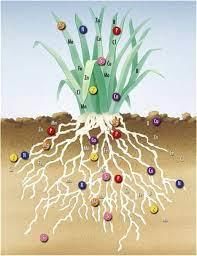
(x) A baby plant absorbs nutrients and minerals from the soil with the help of its root.
Ans: True
A baby plant absorbs nutrients and minerals from the soil through its root system. Roots are essential for anchoring the plant and absorbing water and nutrients.
Q7: Short Answer Questions.
(i) What are the main parts of a plant? List them.
Ans: The main parts of a plant are roots, stems, leaves, and flowers.
(ii) What are the functions of leaves in a plant?
Ans: The functions of leaves in a plant are:
- Photosynthesis: Leaves produce food for the plant through the process of photosynthesis.
- Transpiration: Leaves help in the process of transpiration, which is the loss of water in the form of vapor from the plant.
- Respiration: Leaves also help in the process of respiration, which is the exchange of gases between the plant and the environment.
(iii) What are the two types of roots? Give an example of each.
Ans: The two types of roots are taproots and fibrous roots.
- Taproots: These roots have a main root that grows vertically downward and gives off smaller lateral roots. Example: Carrot
- Fibrous roots: These roots have a bushy appearance and do not have a main root. Example: Grass
(iv) What is the role of chlorophyll in photosynthesis?
Ans: Chlorophyll is a green pigment present in the leaves of plants. It helps in the process of photosynthesis by capturing sunlight and converting it into chemical energy. This energy is then used to convert carbon dioxide and water into glucose and oxygen.
(v) What are the three main factors that affect the process of photosynthesis?
Ans: The three main factors that affect the process of photosynthesis are:
- Light intensity: The rate of photosynthesis increases with an increase in light intensity, up to a certain point.
- Carbon dioxide concentration: The rate of photosynthesis increases with an increase in carbon dioxide concentration, up to a certain point.
- Temperature: The rate of photosynthesis increases with an increase in temperature, up to a certain point. Beyond the optimum temperature, the rate of photosynthesis starts decreasing.
|
42 videos|343 docs|45 tests
|
FAQs on Plant Life - 1 Class 5 Worksheet Science
| 1. What are the different parts of a plant and their functions? |  |
| 2. How does photosynthesis occur in plants? |  |
| 3. What is the role of pollination in plant reproduction? |  |
| 4. How do plants adapt to their environment? |  |
| 5. How do plants obtain water and nutrients from the soil? |  |

